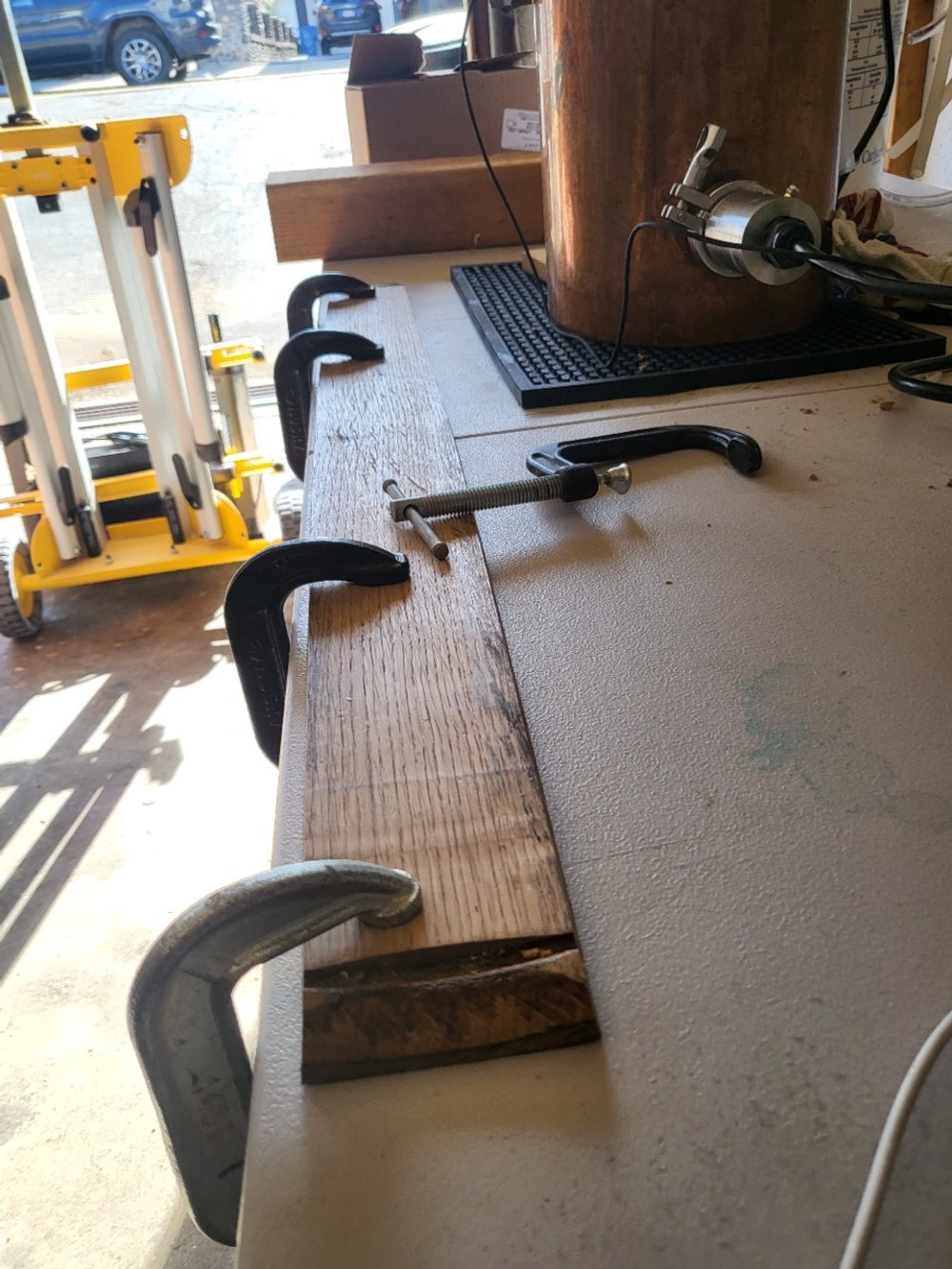TK-006 - Bourbon & Blades - Part 1
From Whiskey to Kiwi...
Turning Jack Daniel's broken barrels into something beautiful
Craft Bourbon Unveiled: A Beginner's Guide
As a hobbyist distiller and professional woodworker, I've always noticed a significant similarity between these two trades: the essential use of hardwood and skilled craftsmanship. The process is a thing of beauty, demanding patience, extensive expertise, and finesse.
Some may perceive this project as a mere endeavor to repurpose old wood, but it transcends that notion. I won't delve into the intricate details and regulations of bourbon production, as there are many. The crucial point is this: while anyone can distill a spirit, it takes tremendous effort to make it exceptional. Distillers have honed their craft through generations of practice, refining some of the finest bourbon recipes.
Furthermore, to earn the title of "Bourbon," a spirit must be aged for a minimum of two years in new American White Oak barrels within the United States. These spirits require containers for their transformation into whisky, necessitating the involvement of a secondary craftsman known as a cooper. The cooper's task is to steam-bend American oak boards and skillfully bind them together, ensuring a leak-proof barrel.
Thus, as a tribute to a truly American art form, I embarked on a quest to breathe new life into a piece of renowned American craftsmanship and create something truly beautiful once more.
The Messy Process of Prep
WHISKY STAVES ARE DIRTY
When a whisky stave lies idle, it bears the marks of its fiery past. The inside of the stave is charred, historically done by Coopers to sanitize the barrel. Surprisingly, this char, composed of pure carbon, serves as a natural filtration system akin to the one found in a Brita water filter. It significantly contributes to the distinct flavor profile of bourbon, effectively filtering out undesirable tastes.
However, when the char becomes dry, working with it is reminiscent of handling the interior of a fireplace. To avoid the ensuing mess, I wisely chose to perform the planing outdoors, wearing a protective mask. The decision spared our workshop from the aftermath.
Reviving the Charred, Discolored Stave: Restoring White Oak Lumber
The first step was to take an engineered piece of wood, crafted by a Cooper, and turn it back into it’s original condition. The wood was steamed, and straightened for a week, which made it possible to work with on our tools. It was still quite bent after a week, but it was something that I could put into the planer.
Preserving the Legacy: Honoring the Whiskey Staining Process in Every Kiwi
Once The Char is removed, It was important to preserve the remnants of the whiskey staining process. In doing so, every Kiwi will reflect the life that this seemingly innocuous piece of lumber once had.
Maintaining the Stave's Alignment: A Crucial Step after Planing
To retain the stave's straightness, careful attention was required once the planing process was finished. By removing the outer layer of wood fiber, the stave's structural form became malleable without the need for re-steaming. The steaming process employed by Bourbon Cooperages proved to be no trivial matter. Settling the stave took an arduous two-day period, tightly secured to this table.
To Be Continued…
STAY TUNED!
This blog post will be updated this week!! If you’d like to keep up with what we’re up to, sign up for updates at the bottom of this page!




